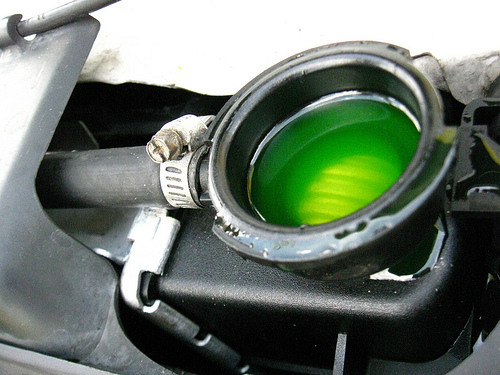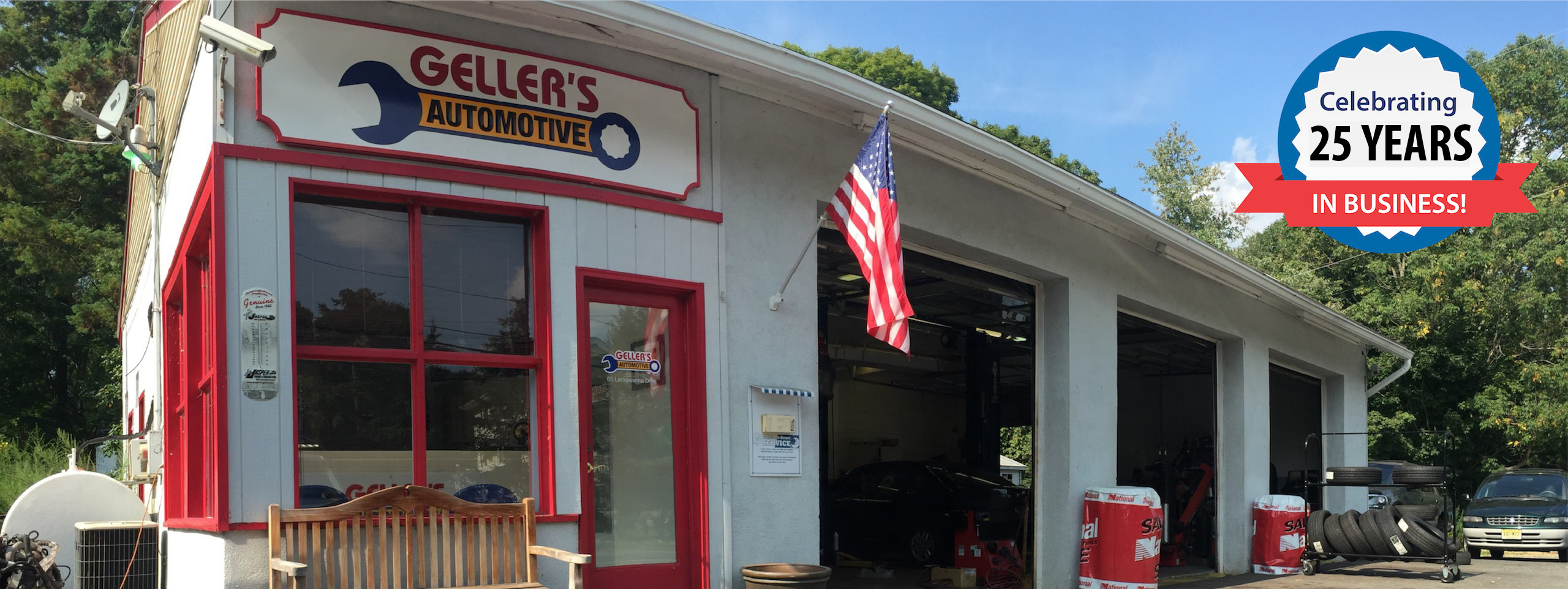
The life of your vehicle’s engine is dependent upon you knowing the answer to this question. If you can’t recall the last time you had the coolant/antifreeze flushed and replaced, you may want to read this blog post. In it, you will learn about the signs of a problem along with how to properly maintain the cooling system.
The 4 Indicators of Cooling System Issues
Today’s vehicles are much more sophisticated than they were years ago. Even so, the basic premise of the cooling system still applies – a mixture of coolant and water is circulated to the engine to remove heat generated from the combustion process. Then, the coolant mixture circulates back out to the radiator to be cooled by the air that flows through the front grill of your vehicle before it starts the process again. What happens when there’s a problem with the cooling system? The engine isn’t cooled properly causing it to overheat. An engine that overheats is at risk of serious engine damage.
Here are four tell-tale signs that your vehicle’s cooling system isn’t working properly:
- An overheating engine. This is a serious matter. It could be caused by a failing water pump, a broken hose or belt, or any number of other cooling system problems. It’s not important not to drive your vehicle when the engine overheats. Again, serious damage an occur, so have the cooling system inspected right away. Click here to schedule your cooling system service now.
- You notice the odor of antifreeze. If you smell antifreeze, there’s probably a leak somewhere in the system that is dripping the antifreeze onto the engine. If you don’t deal with the leak, the cooling system won’t be able to adequately cool off the engine causing it to overheat.
- There’s a leak under the front of your vehicle. If you see signs of an antifreeze leak, have your vehicle checked out right away. A leak means the cooling system can’t do its job properly and… the engine will overheat. Antifreeze/coolant is yellowish-green, pastel blue or fluorescent orange in color.
- You are regularly adding coolant to the radiator. This is an excellent indication there is a leak somewhere in the system.
How to Properly Maintain the Cooling System
As you can see from reading the four tell-tale signs of a cooling system problem, it’s important to keep the cooling system maintained so the engine doesn’t overheat. Here’s how to properly maintain your vehicle’s cooling system:
- Check the radiator, belts and hoses to make sure they are in good condition. As you can imagine, these parts undergo a lot of wear and tear. As the belts and hoses age, they will begin to show signs of cracking or dryness. You may even notice a bulge in a hose. Replace any hoses or belts when they show signs of excessive wear or aging.
- Replace the drive belt (also known as the serpentine belt) before it breaks. Your vehicle’s owner manual will tell you when this belt should be replaced. Typically, this is around 50,000 miles (or about 5 years). Not sure if you should replace your drive belt? Ask the auto technicians at Geller’s Automotive.
- Have the cooling system flushed and the fluid completely replaced every two years. As antifreeze ages, it loses the ability to adequately cool the engine and protect engine parts from corrosion.
The optimal way to care for your vehicle’s cooling system is to bring it to Geller’s Automotive in Byram, New Jersey. We can handle all your vehicle cooling system maintenance and repair needs. Click here to make an appointment for your cooling system to be serviced today.



